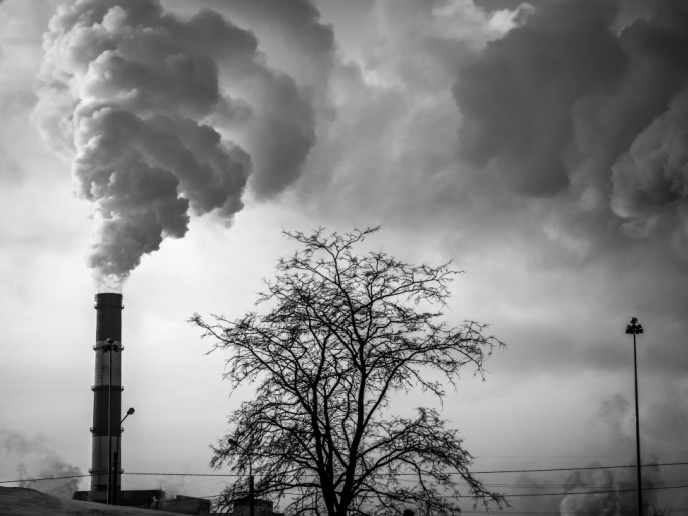Are big oil companies’ visions for tackling climate change falling short?
Oil giants such as BP and Shell regularly publish scenarios that forecast the energy sector’s future. They contain visions on how to address climate change, including scenarios in line with the Paris Agreement. This international treaty on climate change adopted in 2015 was signed by nearly all countries. It covers climate change mitigation. These scenarios have a lot of influence on both companies and policymakers when making important decisions. However, to what extent are they compatible with the Paris Agreement?
Not meeting Paris objectives
Supported in part by the EU-funded INTERACTION and CONSTRAIN projects, a study(opens in new window) published in (‘Nature Communications’) claims the scenarios are incompatible with Paris Agreement goals. Using a novel technique developed to directly compare such energy scenarios, an international research team analysed four of these and two by France’s International Energy Agency (IEA) published between 2020 and mid-2021. Results showed that five weren’t consistent with the Paris Agreement aims, including scenarios from BP, Royal Dutch Shell and Equinor. One of the Paris Agreement’s most ambitious goals is keeping global temperature rise under 1.5 °C. To accomplish this, emissions need to be cut by roughly 50 % by 2030. “When we analyzed the energy companies’ decarbonization scenarios, we found that BP’s, Shell’s and Equinor’s scenarios overshoot the 1.5°C limit of the Paris Agreement by a significant margin, with only BP’s having a greater than 50% chance of subsequently drawing temperatures down to 1.5°C by 2100,” Prof. Robert Brecha and PhD student Gaurav Ganti wrote in an article(opens in new window) for ‘The Conversation’. Both study authors are affiliated with INTERACTION project coordinator Climate Analytics, a non-profit science and policy research institute in Germany that led the research. Only the IEA’s Net Zero by 2050 scenario put forward an energy future compatible with the 1.5 °C objective. This scenario has over a 33 % chance of keeping warming from topping 1.5 °C, a 50 % chance of having temperatures 1.5 °C warmer or under in 2100, and almost a 90 % chance of keeping warming continuously below 2 °C.
Not enough to stop 1.5 °C of warming
The article concluded: “Meeting the 1.5°C goal will be challenging. The planet has already warmed about 1.1°C since pre-industrial times, and people are suffering through deadly heat waves, droughts, wildfires and extreme storms linked to climate change. There is little room for false starts and dead-ends as countries transform their energy, agricultural and industrial systems on the way to net-zero greenhouse gas emissions.” Study co-author Dr Matthew Gidden, also from Climate Analytics, added in an Imperial College London news item(opens in new window): “Institutional assessments have historically been opaque on climate outcomes. Our study provides a direct line of sight from pathways to temperature. Governments should use these tools to carry out a robust assessment of the energy-system transformation to meet the Paris Agreement goals.” INTERACTION (resIlieNT EneRgy systems for climAte Change and susTaInable develOpmeNt) ended in August 2021. CONSTRAIN (Constraining uncertainty of multi decadal climate projections) ends in June 2023. For more information, please see: INTERACTION project web page(opens in new window) CONSTRAIN project website(opens in new window)



